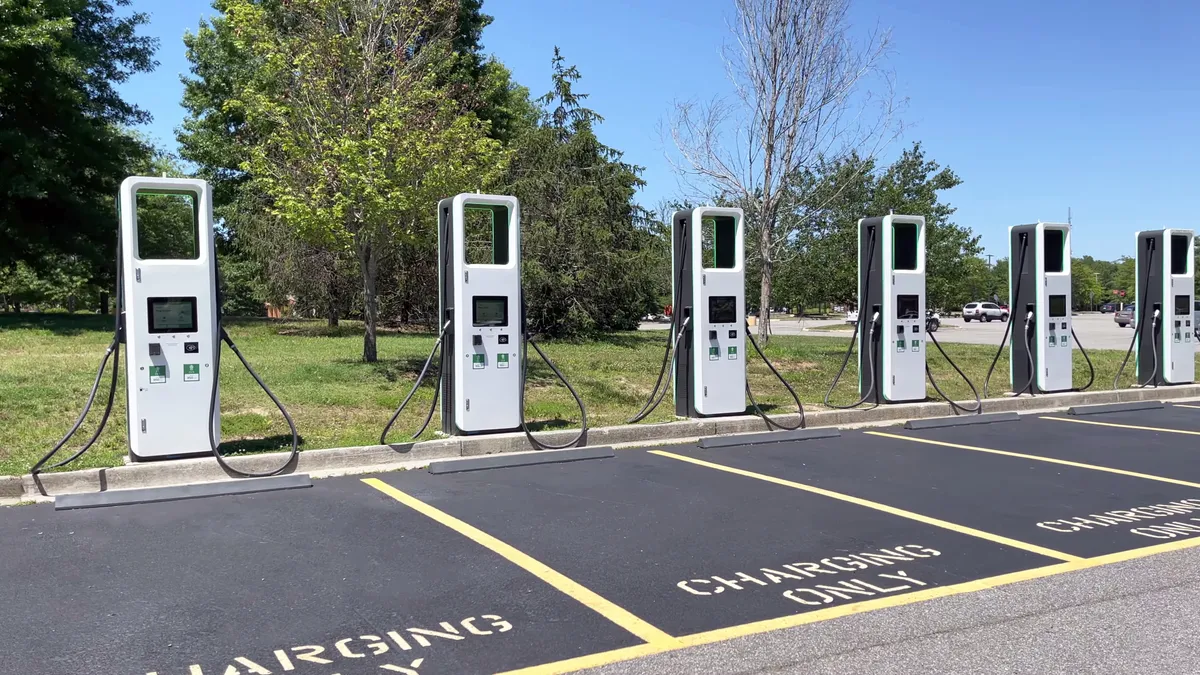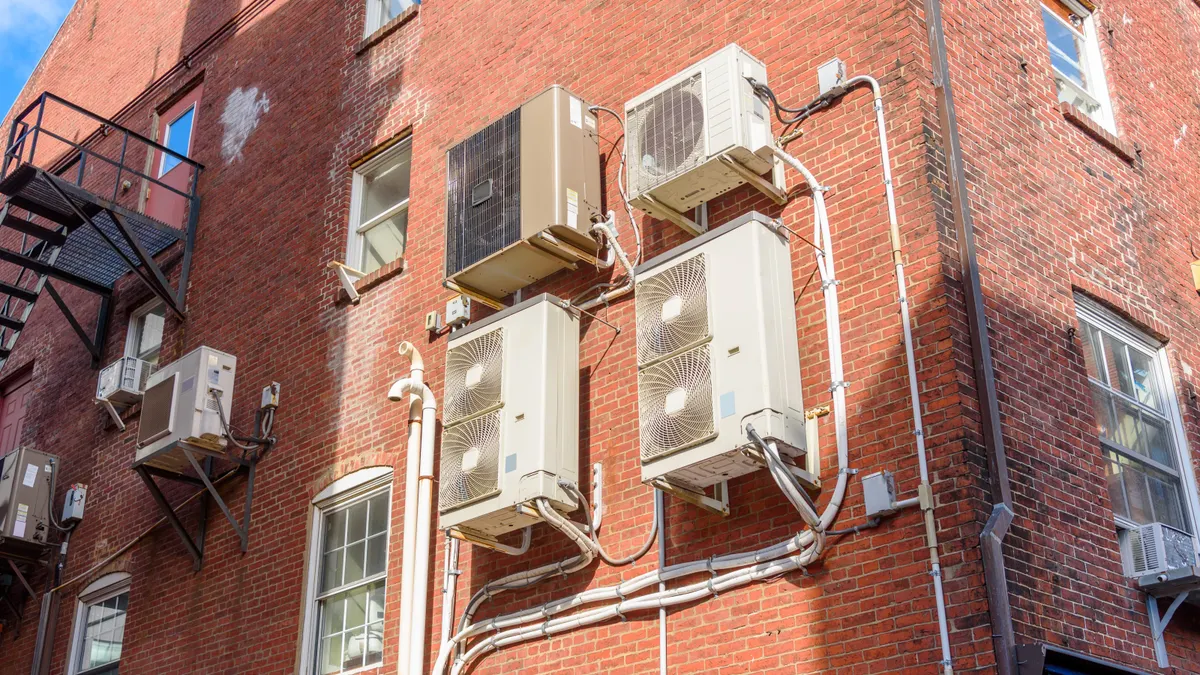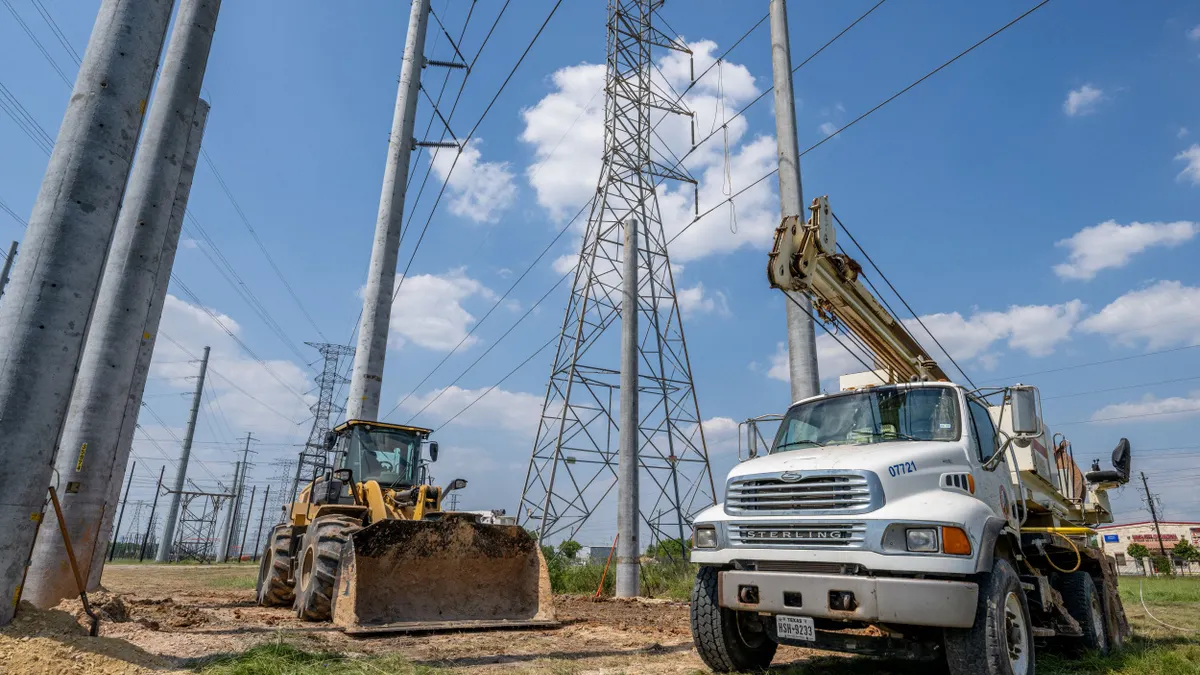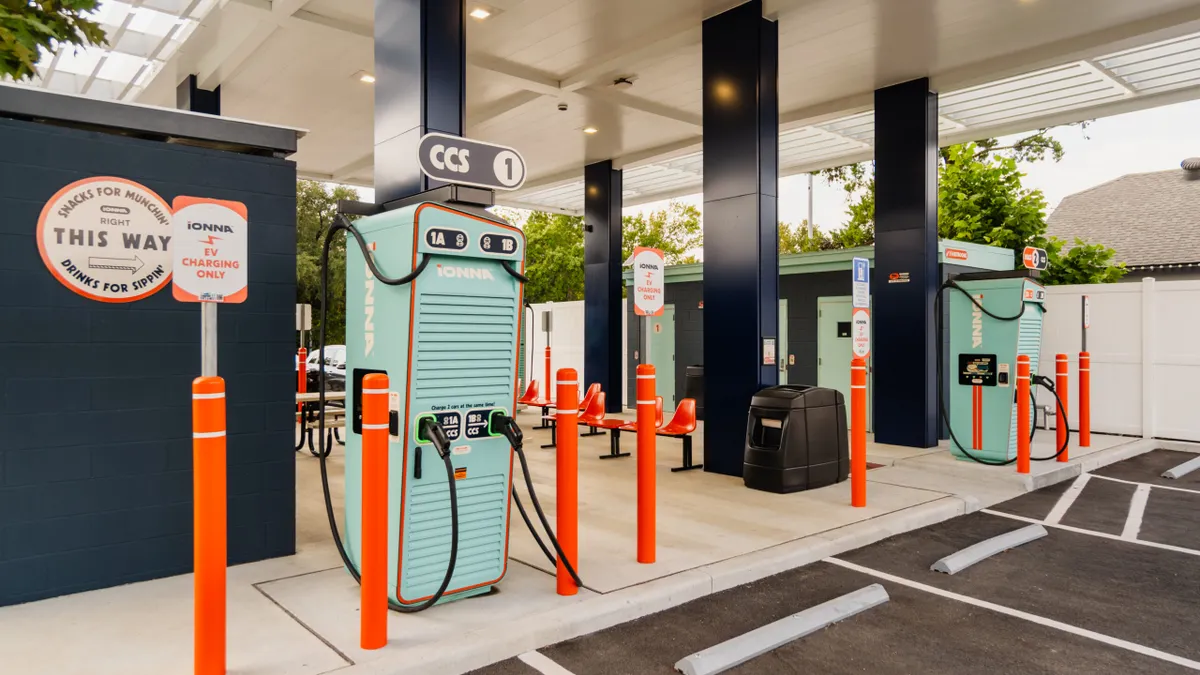Will Sierzchula is a managing consultant at Guidehouse.
Electric vehicles have come a long way since Nissan brought the LEAF to market in 2010. In 2022, battery-electric vehicles comprised slightly less than 6% of total automobile sales in the U.S. and 14% in California. During the commercialization of EVs, pundits, politicians and professors have classically identified barriers to EV adoption as:
- High vehicle purchase price
- Low driving range
- Limited EV infrastructure, with charge times being a recent addition
In retrospect, limited EV infrastructure has generally been more of a conceptual barrier. Indeed, electric vehicle supply equipment, or EVSE, has been historically underutilized, averaging 0.42 sessions per L2 port per day across the U.S. in 2022. However, with EV prices coming down and driving range increasing, a lack of accessible and functional charging stations looks like it might start to live up to its original billing.
Early EV adopters were often well-off individuals who had access to dedicated parking garages, and the ability to install their own L2 charging ports. The 2020 Census indicates that 88% of California battery-electric vehicle, or BEV, owners had access to charging. To meet state transportation electrification goals — for example, California’s Advanced Clean Cars II goals of 100% light-duty vehicle EV sales by 2035 — ownership will need to broaden to individuals who do not have access to charging in private garages, including used car owners who often live in older homes. There are multiple possible **ways** for how this could come about. However, they result in very different outcomes for equity, transmission and distribution, and utility load.
Gas station world
In this charging universe, we would continue to see EVSE installations in single-unit dwellings, newly constructed apartment buildings, and fleet depots with ample space. However, that would not help the millions of individuals who park their cars in large unelectrified garages or curbside, or fleets that have depots in space-constrained urban areas.
Unlucky EV owners in this world would need to rely on L2 charging at work and direct current fast chargers, or DCFC, at public stations to top up their battery. Public charging for these individuals would mirror the way current gas-powered car owners use gas stations. This would lead to equity issues as EV owners without dedicated parking — often lower-income individuals — would be forced to make additional trips to public recharging stations and spend extra time waiting for their vehicle to recharge.
For fleets, the issue is one of plots and permits. While fleet managers have identified a desire to charge BEVs at their depots, these sites are often optimized for fleet size. Many depots may not have sufficient room for the necessary charging equipment, especially in urban areas where space is expensive. Fleet managers also chafe at the time required to get permits for integrating EVSE, which can be a year or more, and in situations where fleets only have leases for a handful of years, utilities are wary of investing the time and capital to install expensive charging equipment.
This tension between fleet depots and utility investment could result in the rise of third-party depots, which would serve as locations where vehicles from multiple fleets go to recharge, like gas stations for light-duty vehicles. On a recent BEV fleet manager boot camp sponsored by the North American Council for Freight Efficiency, RMI and Cummins, Adam Browning from Forum Mobility identified this as a model to help facilitate California’s accelerated push to electrify drayage from the state’s Advanced Clean Fleets policy.
For utilities, the gas station model may lower the scope for managed charging because vehicles will likely not be plugged in overnight and would have limited opportunity to shift their load to off-peak periods. This leads to two concerns around equity, as vehicle owners with private garages could enjoy cheaper off-peak rates, while those without access to garage charging would likely be more dependent on mid-day or peak-hour electricity rates. It also raises a barrier to fleet electrification if vehicles from urban depots must travel to a third-party depot to recharge.
Electrify everything
The second universe involves electrifying almost all parking spots, including along curbs. This approach offers a host of benefits including greater EVSE accessibility for adopters, improved equity and more scope for utilities to shift load via managed charging tools. The main drawback to this approach is the formidable effort and expense needed to retrofit old parking garages and install curbside EVSE for parked cars — for example, using light poles.
From a utility’s perspective, assuming the task of installing these EVSEs has been accomplished, this would be a positive outcome. Having many vehicles plugged in overnight gives utilities increased flexibility by using managed charging to encourage EV owners to charge during off-peak hours. Studies, including this 2024 ISO - New England report, have found time-of-use rates to be tremendously effective in incentivizing residential EV owners to shift load. Furthermore, having these vehicles charge at 7kW – 19kW L2 stations may make the demand less spiky than DCFC, which can draw loads of 50kW or more.
However, two EVSE installation cost estimates put a fine point on the scope of this challenge. Kelley Blue Book estimated installing an L2 port in a private garage would cost roughly $2,000. This pales in comparison to a study from Peninsula Clean Energy, which found upgrading a multi-family building to include nine L2 ports would cost almost $20,000 per port. While this is one anecdote, it does indicate that with current technology and techniques, retrofitting parking garages on a large scale may not be cost-effective, even with substantial subsidies.
Companies like SWTCH are seeking partners to retrofit crumbling parking garages with EVSE and help manage the load on aging wires. And it’s electric is piloting curbside charging in Brooklyn with Hyundai. However, developing a business case for retrofitting old, dilapidated garages and congested street curbs with EVSE will be difficult.
Fusion
Fortunately, these two worlds don’t have to exist on separate planes but can merge over time. Utilities and policy makers can continue to support the buildout of L2 stations in single-unit dwellings — which account for 63% of homes in the U.S. — through financial incentives and appealing time-of-use rate structures.
The equity imbalance in residential charging and the public good associated with electrified long-haul trucking are situations ripe for policy intervention. For example, regulators could fund competitive pilot projects through a program like ARPA-E — the government’s Advanced Research Projects Agency–Energy — to identify business cases for EVSE installations in challenging locations — specifically L2 ports in multi-family buildings and fast charging along transportation corridors. Figuring out how to provide accessible charging will make EVs more appealing to the promising cohort of urban residents and help speed up adoption in fleets.






















